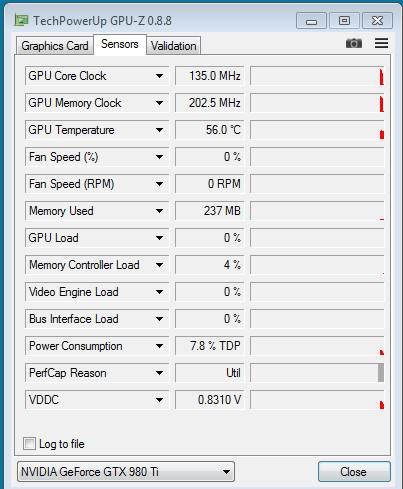

(Note: as of ChimeraX 0.93, all ChimeraX Linux builds use the same version of GCC, making the Ubuntu builds safe to use with ISOLDE.

Help? (legacy bug) In Linux, ChimeraX crashes when I load a model in ISOLDE I'm having installation or running issues. Oh - and you'll also want to be working with a real mouse. Note, however, that you rarely need to simulate the whole model at once in ISOLDE - just a small buffer region around the site you wish to fix - so it is still very possible to do useful work on such a machine. At the other end of the scale, my MacBook Air will run this model (and larger models running into the thousands of residues) - but only at a rate of 2-3 coordinate updates per second. My "power" laptop (a gaming model with an Intel Core i7 CPU and an Nvidia GTX1070 GPU) gives essentially indistinguishable performance for the same model. Using the demo model bundled with ISOLDE (a 229-residue protein model with a 3 Angstrom resolution X-ray map) with live map recalculation turned off, my desktop Xeon workstation equipped with a Nvidia Titan Xp achieves just under 20 coordinate updates (1000 simulation steps) per second while maintaining a graphics framerate of 30-40 frames per second. The better your GPU, the better your experience in ISOLDE will be. The MD engine underlying ISOLDE ( OpenMM) relies heavily on GPU-accelerated computing to achieve usable speed in a workstation environment. The longer answer: molecular dynamics (MD) is a computationally extremely demanding task. ISOLDE is distributed for Windows, MacOS and Linux (built in CentOS 7 using devtoolset-3). However, ISOLDE is still usable even on a MacBook Air. The short answer: ideally, a single modern workstation with the best GPU you can afford.


 0 kommentar(er)
0 kommentar(er)
